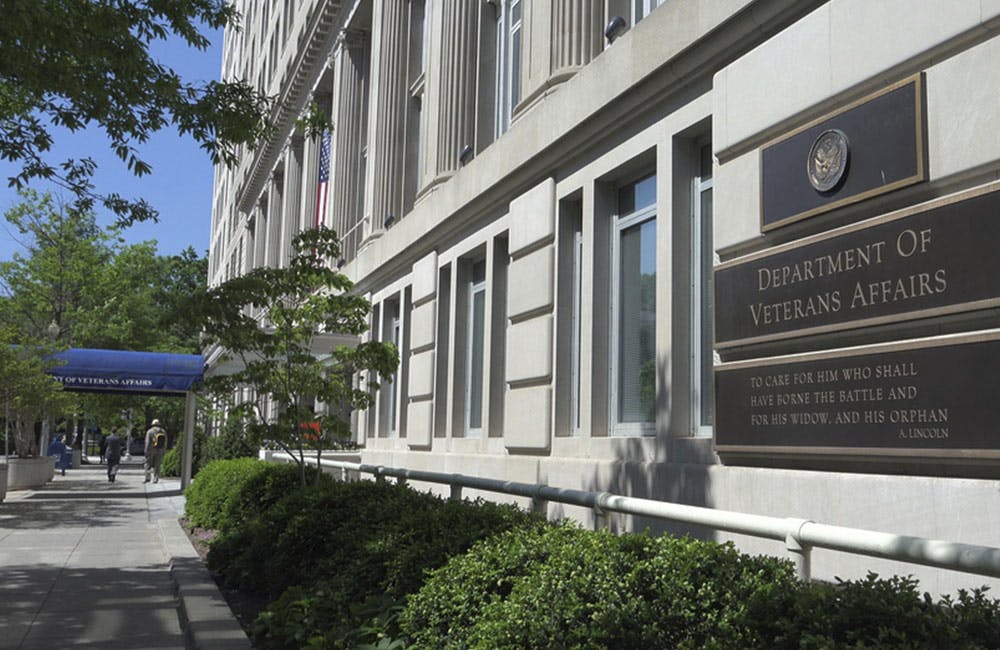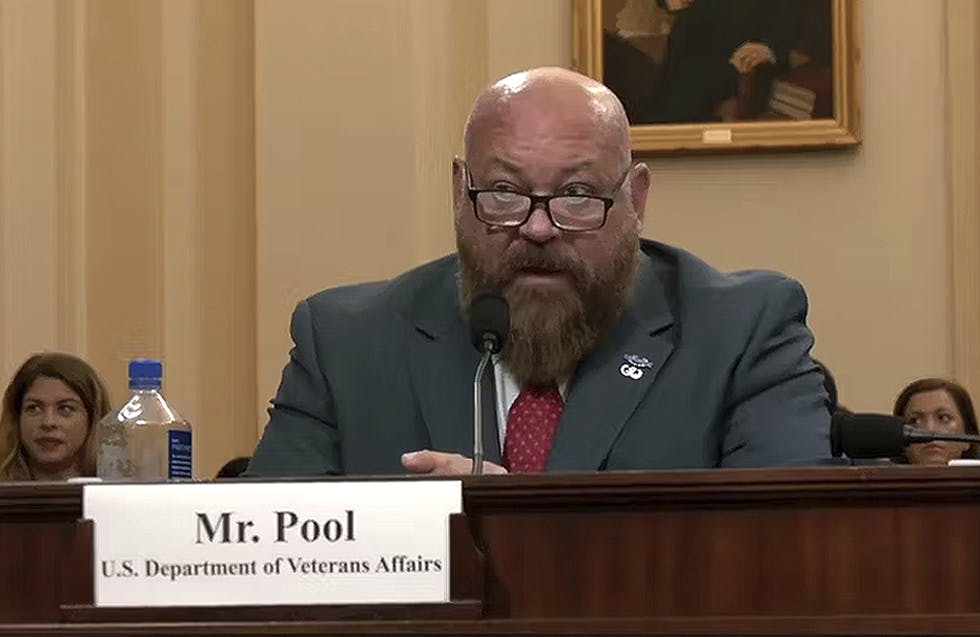AI Commission Pushes for Digital Workforce Reform
The group advocated for a U.S. Digital Services Academy and National Reserve Digital Corps.

Fostering and building on digital education and workforce growth are some of the most essential recommendations for advancing artificial intelligence, the National Security Commission on Artificial Intelligence told lawmakers during a House hearing last week.
The commission advocated for five key areas including AI research and development expansions, Defense Department organization reforms to overcome challenges impeding AI adoption, a microelectronics national strategy, AI ethics guidelines and workforce reforms.
Of all these five areas, the committee argued that reforming workforce skilling and technological training are some of the most critical efforts on which Congress needs to act soon.
NSCAI more specifically made two key recommendations to cultivate a robust and improved digital and AI-ready workforce in the federal government beyond the resources of preexisting federally backed programs — to build a digital service academy and to establish a national reserve digital corps.
“We propose building a United States Digital Service Academy,” NSCAI Commissioner Mignon Clyburn said. “The academy would be a partnership between public and private sectors working together toward a common goal of developing a modern, digitally proficient workforce.”
As an independent entity, the proposed academy would produce “technically educated graduates who would have a service obligation as civil servants in the federal government,” Clyburn said.
Clyburn added that a National Reserve Digital Corps would be modeled after the military reserves, enabling civilian digital and IT professionals to work for the government 38 days a year as advisors, instructors and developers. This, she argued, is a critical way of providing a pathways for preexisting technological expertise that currently concentrates in the private sector the opportunity to aid in key federal digital and AI-oriented growth.
With the program modeled after the university-based Reserve Officers’ Training Corps (ROTC), “we could incentivize participation with a training and education fund and a scholarship program,” Clyburn said. “While short-term volunteers are not a substitute for full-time employees, they can help improve AI education for both technologists and non-technical leaders, perform data triage and acquisition, help guide projects and frame technical solutions, build bridges between the public and private sector and other important tasks.”
NSCAI Chair Eric Schmidt backed the importance of cross-pollination between government and industry workforce and technological efforts to drive the future of U.S. dominance in emerging technologies — not only in AI, but also in biotechnology, semiconductors, 5G networking, advanced manufacturing and quantum computing.
“The fact that talent and knowledge is in the private sector, we need it in the federal government, and we need the federal government people in the private sector. We need to make that as easy as possible,” Schmidt said.
While these two recommendations bring in new digital talent to the government, either through short-term annual assistance or new educational pipelines, Clyburn suggested ways federal organizations can reorganize their internal workforce structure and reskilling efforts to encourage aptitude in AI.
“The government should focus on five things,” she said, with those being: building a technical workforce with tiered levels of skill, educate senior leaders, train junior leaders, train the end users and train those in critical support roles like human resources and acquisition.
Commission Vice Chair Robert Work also emphasized that further funding and support for research will help the U.S. remain competitive and ahead in AI development.
“We want to emphasize the importance of creating a national AI research resource,” Work said. “Right now we have an AI research ‘haves’ and ‘have-nots’; The haves are generally in the private sector and the have-nots are in academia. We’re very encouraged with the new recent White House-led investments to establish seven national AI institutes. But we believe that the AI Research Resource will complement and support these efforts in terms of Department of Defense organization reform.”
The House committee has been applying some of the NSCAI’s ideas and priorities from earlier interim reports this year in the National Defense Authorization Act for the upcoming fiscal year. The commission plans to deliver its final full report to Congress and the White House in March 2021.
This is a carousel with manually rotating slides. Use Next and Previous buttons to navigate or jump to a slide with the slide dots
-

VA's Platform One Powers Rapid Innovation to Bolster Digital Services
VA's Platform One accelerates software development timelines from weeks to hours, ultimately enhancing digital services for veterans.
5m read -

Federal Leaders Receive Federal IT Efficiency Flywheel Awards from GovCIO Media & Research
Five federal IT leaders received Flywheel Awards for driving innovation and modernizing technology at the Federal IT Efficiency Summit.
5m read -

Doing More with Less is Muscle Memory for IRS, Former Deputy CIO Says
Darnita Trower discusses her experience, the legacy she’s left behind and how she pushed the IRS to modernize itself,
20m watch -

Opinion: Original Intelligence Is the Missing Piece for AI Transformation
Limitations of AI agents and development drive growing needs for workforce development and "original intelligence."
3m read -

VA CIO Targets Modern IT and Smarter Workforce Alignment
Agency leaders told lawmakers they are focused on trimming legacy systems and restructuring its workforce to streamline operations.
3m read -

Pentagon's $200M AI Contracts Signal Broader Effort to Transform Talent
The Army is leveraging Silicon Valley, reservist programs and new hiring strategies to integrate critical digital skills in its ranks.
5m read -

AI Foundations Driving Government Efficiency
Federal agencies are modernizing systems, managing risk and building trust to scale responsible AI and drive government efficiency.
43m watch -

Inside DOD’s Push to Grow the Cyber Workforce Through Academia
Diba Hadi gives her first interview since becoming principal director of the DOD’s Cyber Academic Engagement Office.
15m listen -

Agencies Tackle Infrastructure Challenges to Drive AI Adoption
Federal agencies are rethinking data strategies and IT modernization to drive mission impact and operational efficiency as new presidential directives guide next steps.
5m read Partner Content -

Generative AI Demands Federal Workforce Readiness, Officials Say
NASA and DOI outline new generative AI use cases and stress that successful AI adoption depends on strong change management.
6m read -

The Next AI Wave Requires Stronger Cyber Defenses, Data Management
IT officials warn of new vulnerabilities posed by AI as agencies continue to leverage the tech to boost operational efficiency.
5m read -

Federal CIOs Push for ROI-Focused Modernization to Advance Mission Goals
CIOs focus on return on investment, data governance and application modernization to drive mission outcomes as agencies adopt new tech tools.
4m read
















